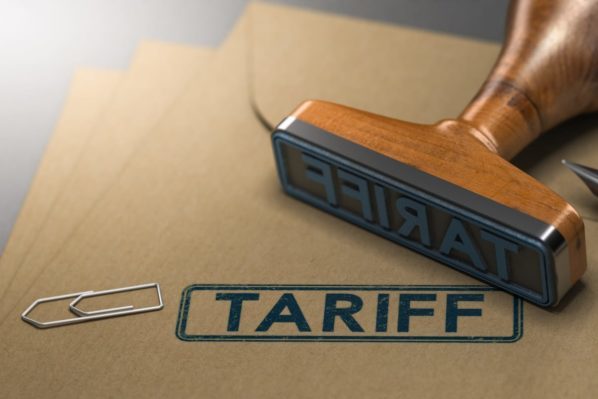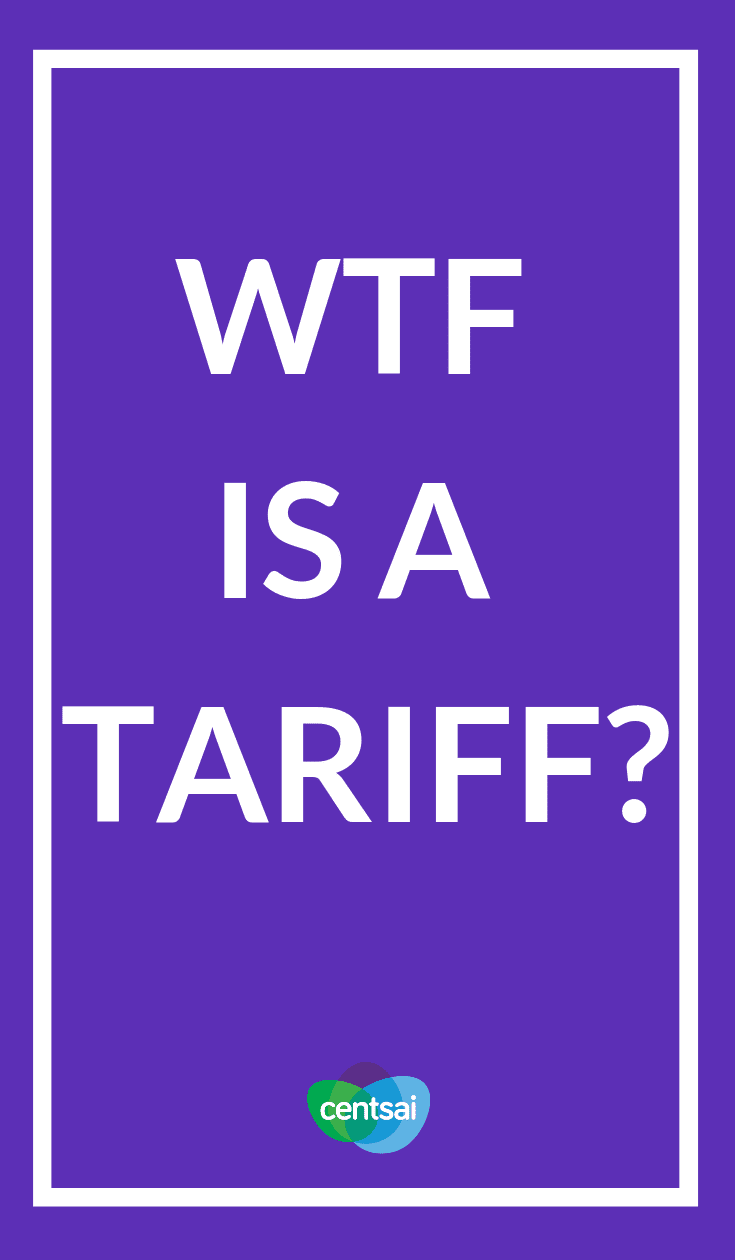
Many countries today impose tariffs, including the United States. During their times in office, former Presidents George W. Bush and Barack Obama slapped tariffs on foreign steel and Chinese tires, respectively.
More recently, then-President Donald Trump thrust the tariff issue back into the headlines with his decision to impose the penalty on $60 billion worth of Chinese aluminum and steel imports. This came following his two other tariffs on Chinese solar panels and imported washing machines.
How Do Tariffs Work?
Governments generally impose two types of tariffs: “ad valorem” and “specific.”
The former is calculated as a fixed percentage of the imported product’s value. However, the tariff is adjustable as the product’s price falls or rises. The latter is a fixed amount of money that remains constant no matter what happens to the product’s price. Sometimes governments will impose both kinds of tariffs at the same time.
Most tariffs are set to expire after a few years or are revoked when the politicians who imposed them realize that they’re causing actual harm to the industry that they were trying to protect.
Why Do Governments Impose Them?
Sometimes governments use tariffs to raise revenue. But in truth, they chiefly use tariffs to protect domestic industries — namely failing ones, such as America’s steel and others that are crucial to the nation’s national security (military contractors).
In the U.S., the idea of either using or eliminating tariffs invokes strong arguments from both sides.
Backers contend that tariffs are necessary to shield jobs and wages from cheaper foreign labor.
Opponents, who call themselves “free traders,” argue that protecting industries from overseas competition can start retaliatory trade wars, and hurt consumers. But the biggest argument against tariffs is that they destroy domestic jobs instead of protecting them (more on this later).
How Long Have Tariffs Been in Use?
Tariffs have been around for hundreds of years. For a long time, European countries commonly used them as a tool to protect their already established wealth. Trading nations simply didn’t trust each other.
But let’s focus on the U.S., which has been using tariffs since the 1780s. The U.S.’s first tariff was enacted in 1789 to raise money for the financially strapped federal government, which incurred a hefty amount of national debt to defeat the British in the Revolutionary War. It was also intended to protect the nation’s cotton and armament industries.
Over the past 230 years, the U.S. has used tariffs in varying degrees, not only to protect industries and generate revenue, but also to gain economic leverage over other countries.
What Is Free Trade?
After the devastation of World War II, the U.S. stood alone as the most powerful nation on Earth, since its robust manufacturing industries went untouched by bombs and bullets.
Free trade became the new mantra. After all, why would countries that freely exchange goods and services without restrictions want to go to war with each other? Isolationism and protectionism helped unleash the war’s massive killing and destruction spree. So free trade meant peace and prosperity — at least in theory.
Since 1945, America’s leadership as the free-trade champion has produced the World Trade Organization (or WTO — the referee and settler of trade disputes), as well as other free-trade pacts.
The most notable of these is the North American Free Trade Agreement (NAFTA). This agreement, signed in 1994, established a virtual free-trade zone from Mexico to the U.S. to Canada.
Overall, Are Tariffs Good or Bad?
Never forget Newton’s third law: For every action, there is an equal and opposite reaction. You mess with me, I’ll mess with you — and perhaps do something even worse than what you did to me. That’s why tariffs are risky and should only be used under certain circumstances.
It’s tit for tat. There are no winners with tariffs.
Source: Centsai Accessed 2/14/23
This article’s view is the author’s and does not reflect the opinion of any member of CentSai’s management. The author is not being paid by any financial services company nor has been paid to promote any individual product or service. The author is not a financial advisor or a broker-dealer. The content above is education-only and any reader is encouraged to seek advice from a registered financial advisor before taking any action.
Back



